7.3 – Pathways of Infection
How Disease Becomes Established
Pathogens use various pathways to infect seeds. To understand the disease cycle of seedborne pathogens—or the pathway of seed infection—it’s important to first familiarize yourself with seed and flower anatomy, as well as the terminology related to infection sites. Pathogen pathways can occur at all stages of seed development. This illustration highlights the key anatomy of flower structures.
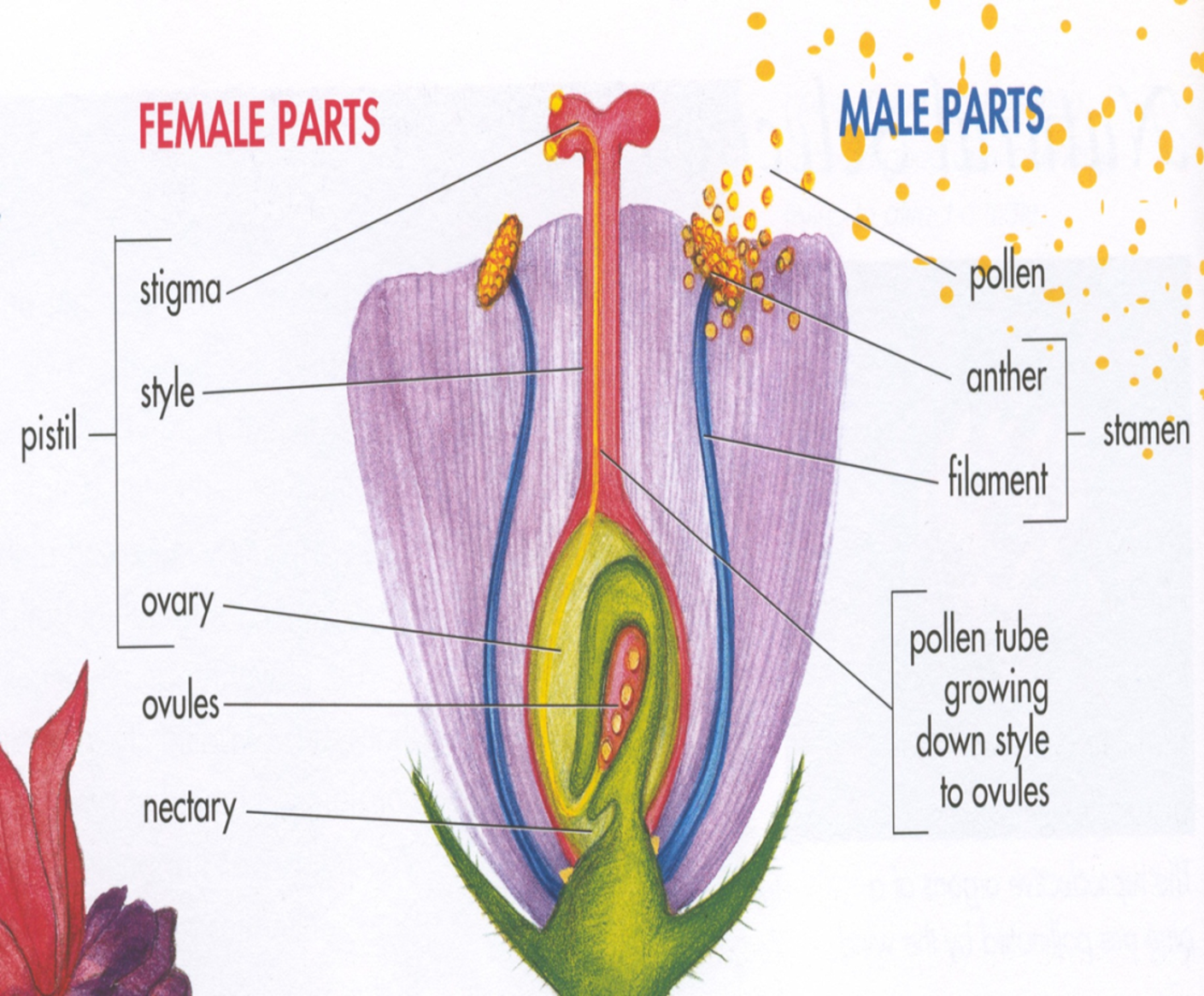
An explanation of flower anatomy and fertilization can be found here:
As explained in the video above, seed development occurs in the flower’s ovary. Pathogen infection can happen during any of the three key stages of seed development include 1) anthesis (flowering) and pollination (penetration through floral parts), 2) seed development (formation) and 3) seed maturation. We’ll dive into more details about these stages next.
After pollination and fertilization, seed development begins immediately. The seed becomes the primary “sink” for nutrients. Once the ovule is fertilized the seeds begin to develop and mature through three development stages: cell division (histo-differentiation), physiological maturity (cell expansion), and maturation drying as illustrated in this diagram. At each of these stages, pathogens can be introduced.
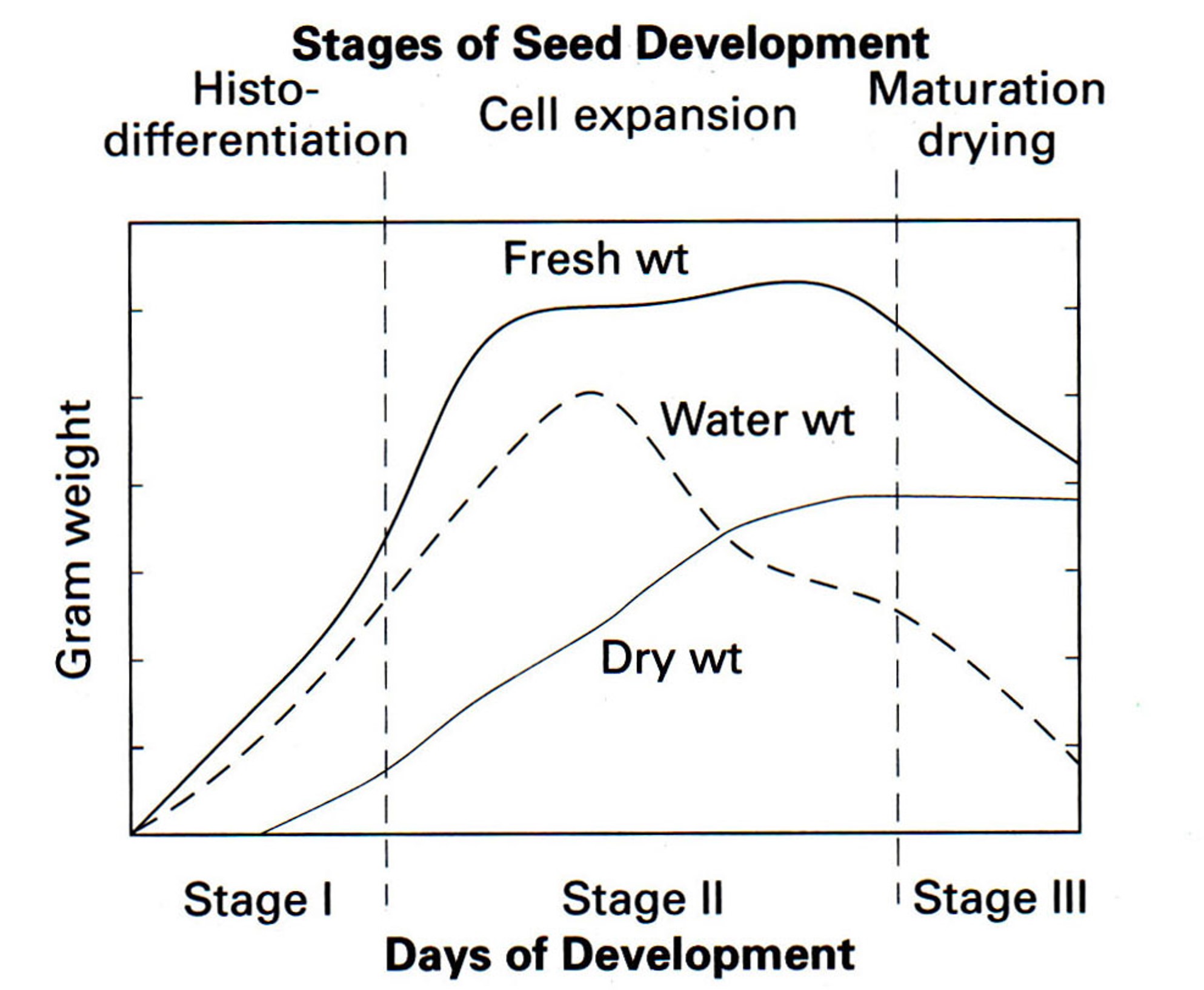
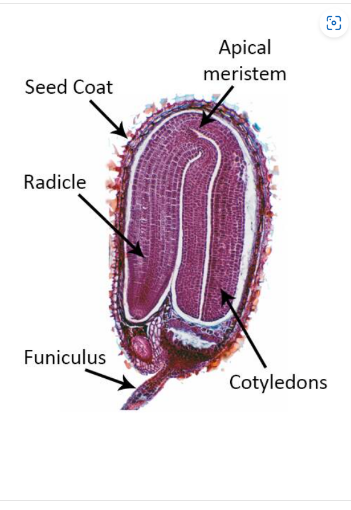
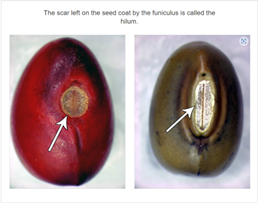
Photographs showing the funiculus and what the seed looks like after the funiculus detaches. Photos from https://propg.ifas.ufl.edu/04-seeds/01-development/07-seedsdevelopment-funiculus.html
How do Seedborne Pathogens Enter Developing Seeds?
Click on each of these pathogen infection pathways which occur during anthesis and pollination:
Infection During Anthesis and Pollination
Anthesis refers to the opening of the flower bud and the development of a fully functional flower. The flower becomes ‘functional’ when the style is extended far beyond the upper perianth. In this 5 mins video Laura introduces this topic and includes photo examples.
Infection of Seed During Seed Development and Maturation
Laura will introduce the concept of seeds becoming infected during seed development/formation and maturity stages in this short video clip.
Pathway Examples During Seed Development and Maturation
Pathogen entry during seed development and maturation can occur via:
- Systemic infection through the mother plant: e.g., dwarf bunt in wheat and black rot in cabbage
- Infection through natural openings: e.g., through the hilum or funiculus in bacterial diseases
- Direct penetration of seed or caryopsis: e.g., Fusarium head blight/scab in wheat
- Invasion from pods or fruits: e.g., bacterial fruit blotch, bacterial canker
- External Contamination
In this video (8 mins), Laura describes invasion of pathogens through natural openings, wounds and systemic infection via mother plants.
Summary
Throughout seed growth and development, seeds are exposed multiple times to pathogens. Whether disease symptoms appear depends on environmental conditions and the presence of the right pathogen in the right location. Pathogens follow multiple infection pathways, from systemic infection of mother plants and vector transmission through infected pollen to fungal invasion via the stigma and style. Pathogens can infect internal seed tissues, like the embryo, or only contaminate the seed surface without infecting seed tissue.
Review
Work through these interactive questions to review the important concepts discussed.
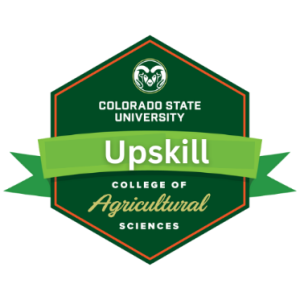
Earn an industry recognized micro-credential at: CSU Upskill.
Any organism capable of causing a disease by obtaining nutrients either partially or wholly from its diseased host; a bacterium, virus, fungus, or other microorganism that can cause disease.
